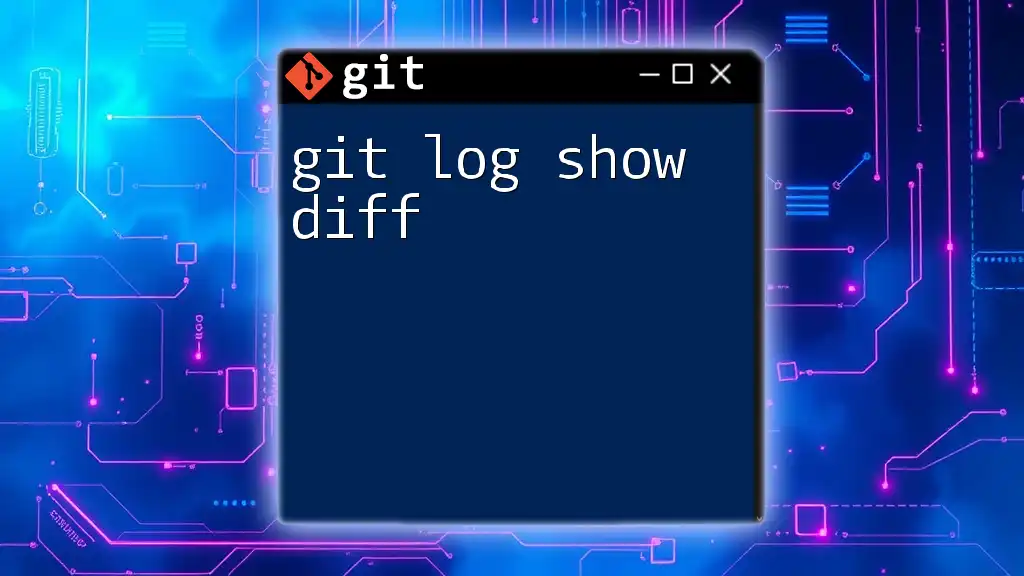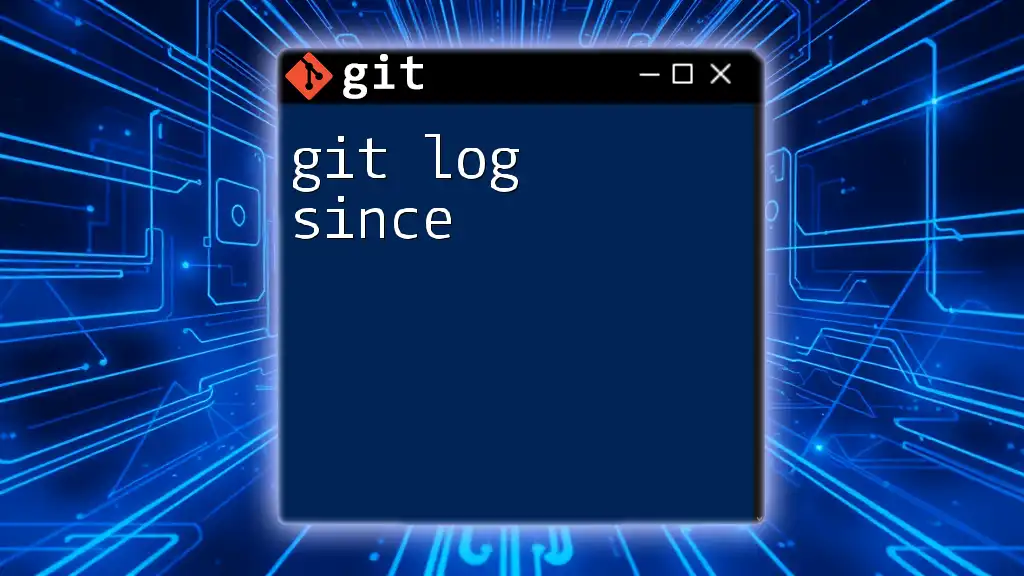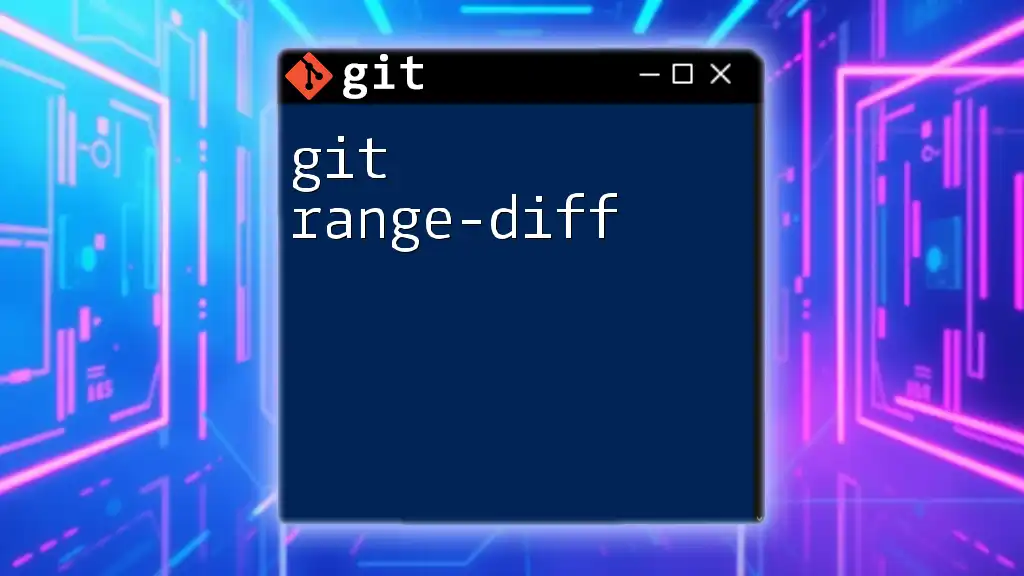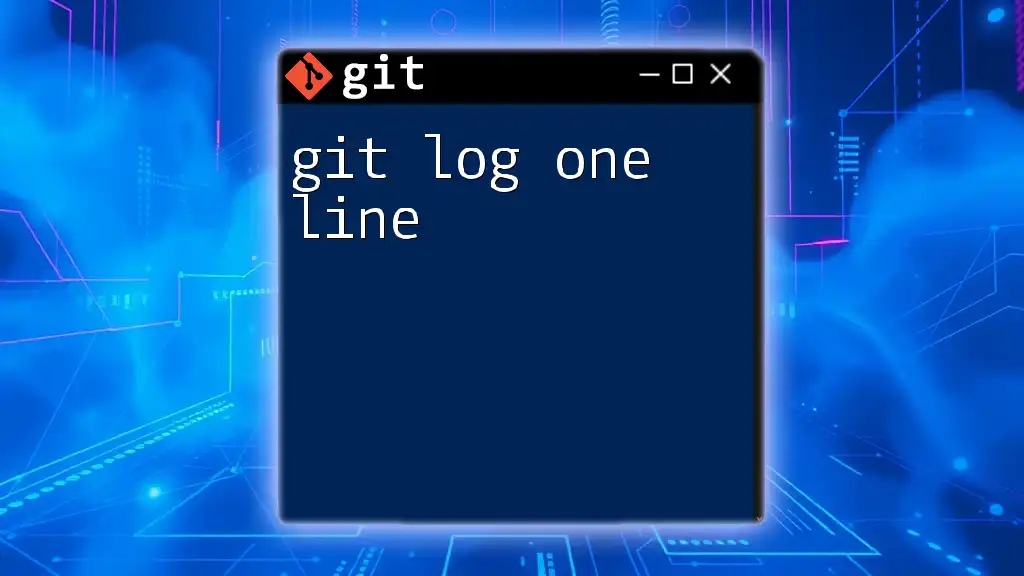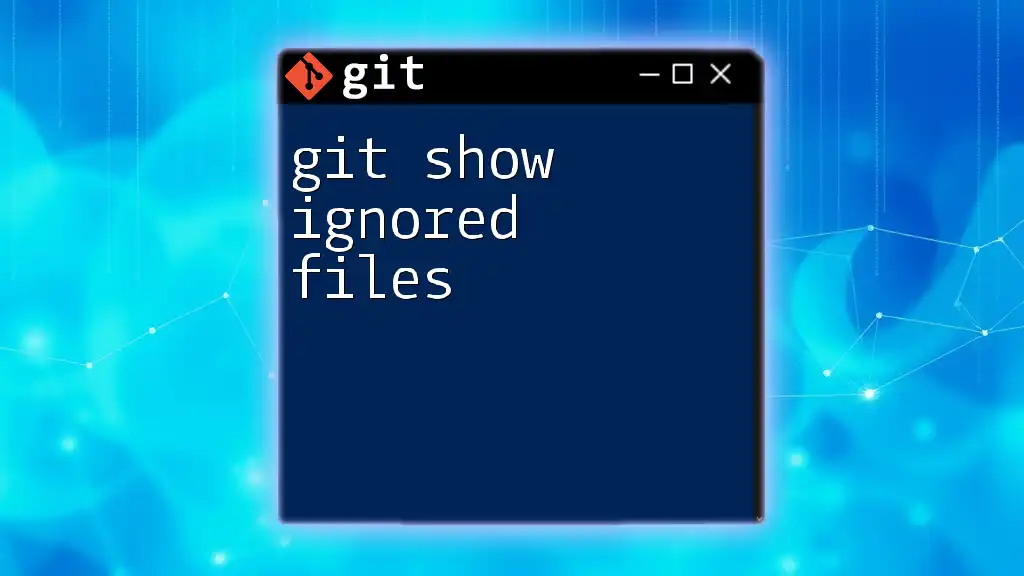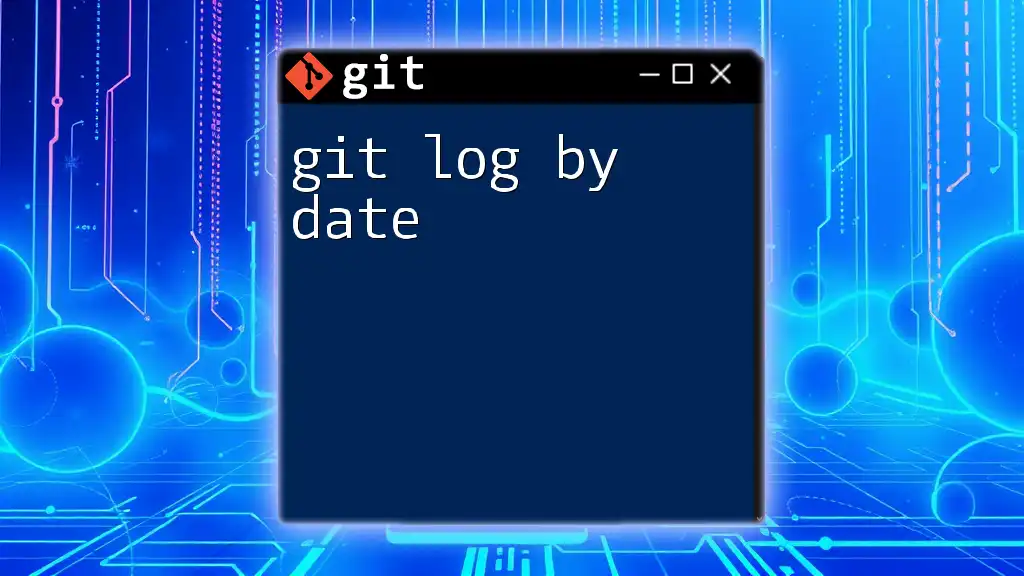The `git log --show-diff` command allows you to view the commit history along with the changes made in each commit, displaying the differences (diff) for each entry.
git log -p
Understanding `git log`
What is `git log`?
`git log` is a fundamental command in Git, responsible for displaying the commit history of a repository. It gives developers an insightful look into the sequence of changes made over time. This tool is invaluable for tracking what changes were made, who made them, and why, which is essential for collaborative environments.
Commonly Used Options
There are many options available with `git log` that allow users to tailor their output to suit specific needs. Some commonly used options include:
- `--oneline`: Summarizes commit history into a single line per commit, making it easier to navigate.
- `--author`: Filters commits based on the specified author's name or email, helping to find contributions from a particular individual.
- `--since`: Limits the displayed commits to those made after a specific date, such as `--since="2023-01-01"`.
These options help streamline the review process and identify relevant changes quickly.
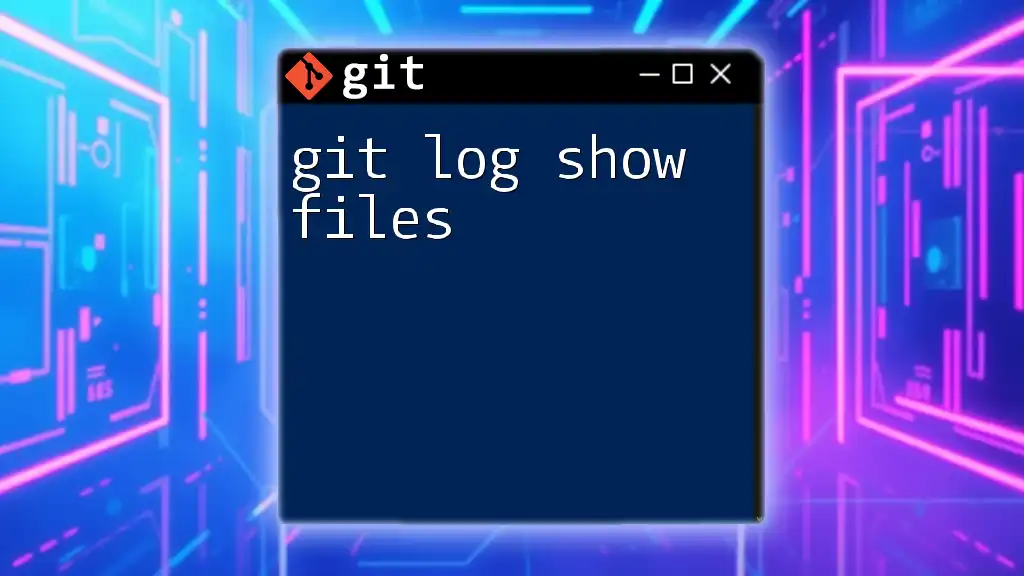
Diving into Diff
What is a Diff?
A diff is a comparison of changes recorded between two commits, or between a commit and the working directory. This feature is crucial in version control as it allows developers to see what has changed, including additions, deletions, and modifications in the codebase.
How Diff Relates to Log
`git log` and diff are interconnected in that you can gain valuable insights into the commit's context when you view changes alongside the commit history. This pairing allows you to analyze the evolution of a specific feature or bug fix directly in the context of the entire project.
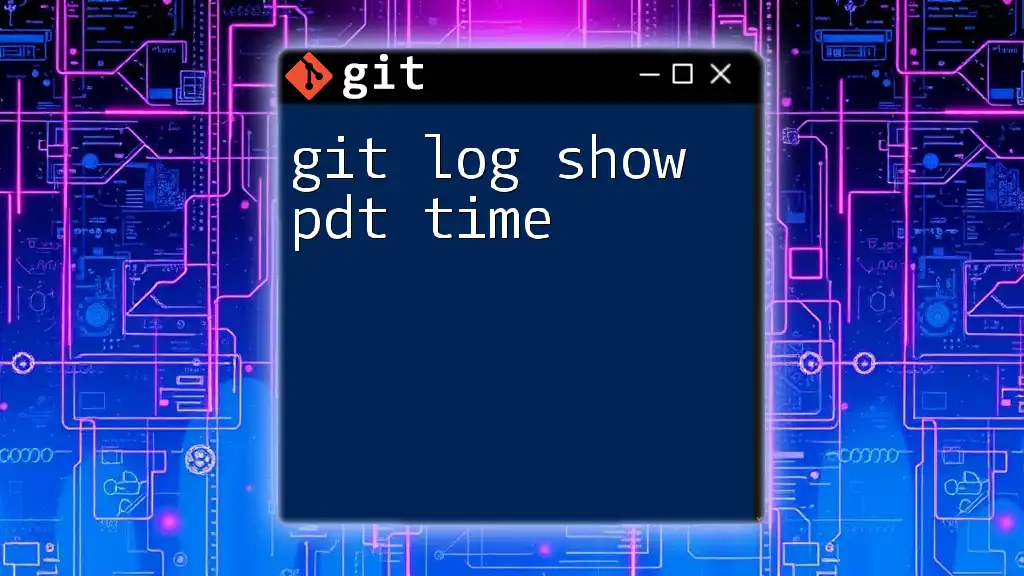
Using `git log` with Diff
Syntax for `git log show diff`
To display diffs in the commit history, the basic syntax used is simply:
git log -p
Here, the `-p` (or `--patch`) option tells Git to show patches, which detail the changes made in each commit.
Different Ways to Show Diffs
View Commit Diffs with `git log -p`
Using `git log -p`, you can observe the diffs for every commit in the history. Here is an example command:
git log -p
The output will show the commit message and the changes made in that particular commit. Each change is annotated with `+` for additions and `-` for deletions, allowing for a quick review of what was altered.
Limit the Number of Commits
You might not always need to see the entire history. To limit the output of your commit diffs to the most recent entries, you can use:
git log -p -n 5
In this command, the `-n 5` flag will restrict the output to the last five commits, which is particularly useful when you have a long history and need to focus on recent changes.
Viewing Diffs for Specific Files
Show Diffs for a Single File
In some cases, it is essential to hone in on the changes made to a specific file. To achieve this, you can specify the file in your command:
git log -p -- <file_name>
This command will display the change history along with diffs specifically for `<file_name>`, allowing for a focused analysis.
Comparison Between Branches
When managing multiple branches, it can be valuable to compare changes between them. Use the following command:
git log <branch_1>..<branch_2> -p
This enables you to see what has changed from `<branch_1>` to `<branch_2>`, providing insight into the differences between two lines of development, which is crucial for collaborative projects.
Filtering Commits with Diff Options
Author-specific Changes
To filter the log for a specific author’s contributions, you can run:
git log --author="Author Name" -p
This command will help track contributions by a specific developer, making it easier to review their work without noise from other commits.
Date Range Filtering
If you want to see changes made during a particular timeframe, employ the `--since` and `--until` options:
git log --since="2023-01-01" -p
This command is useful for tracking down changes made after a certain date, allowing for focused reviews during time-sensitive projects.
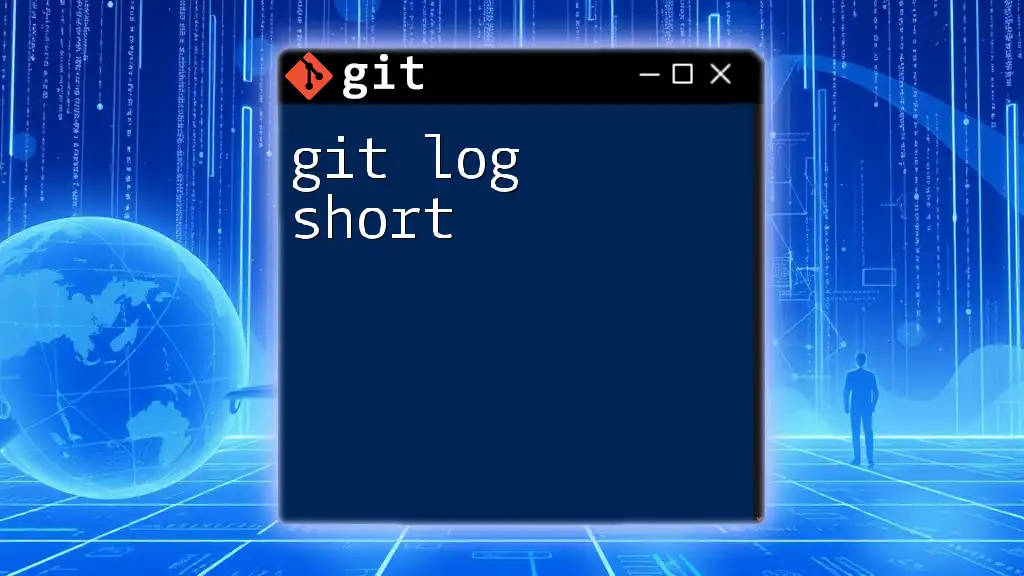
Practical Examples and Use Cases
Real-world Scenarios
Using `git log show diff` is particularly beneficial during code reviews, where developers need to verify changes before merging branches. It can also be instrumental in debugging, allowing you to pinpoint when a particular bug was introduced. Additionally, developers can compile change logs or release notes using this command effectively.
Code Snippets
Encouraging use of `git log show diff` in daily workflows enhances productivity. For instance, a developer might find themselves needing to examine the history of a feature branch. They could issue:
git log -p --author="Jane Doe" --since="2023-01-01"
By integrating this command, they can quickly gather relevant contributions to share with team members or stakeholders.
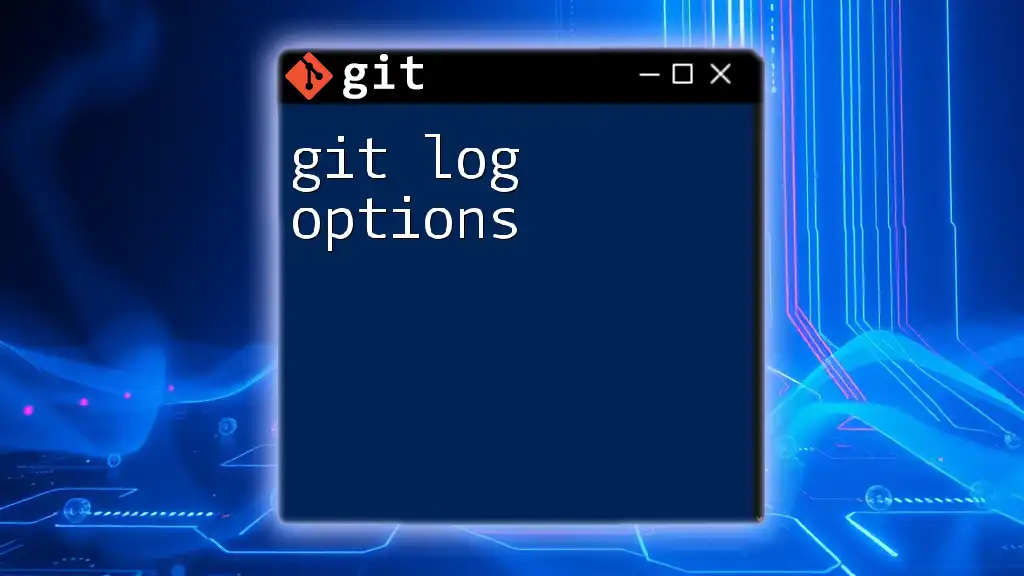
Advanced Options
Customizing the Output
The output of `git log` can be customized further through options like `--pretty`. For instance, using:
git log --pretty=format:"%h - %an, %ar : %s"
This command formats the log to show the commit hash, author name, relative time, and summary, allowing for clearer presentation of the commit history.
Combine with Other Commands
Combining `git log` with other powerful command-line tools can enhance the user exploration experience. For example, if you're looking for specific terms in the changes, you can utilize:
git log -p | grep "specific-term"
This will filter the logs to only display changes containing the specified term, offering a more granular look at your code history.
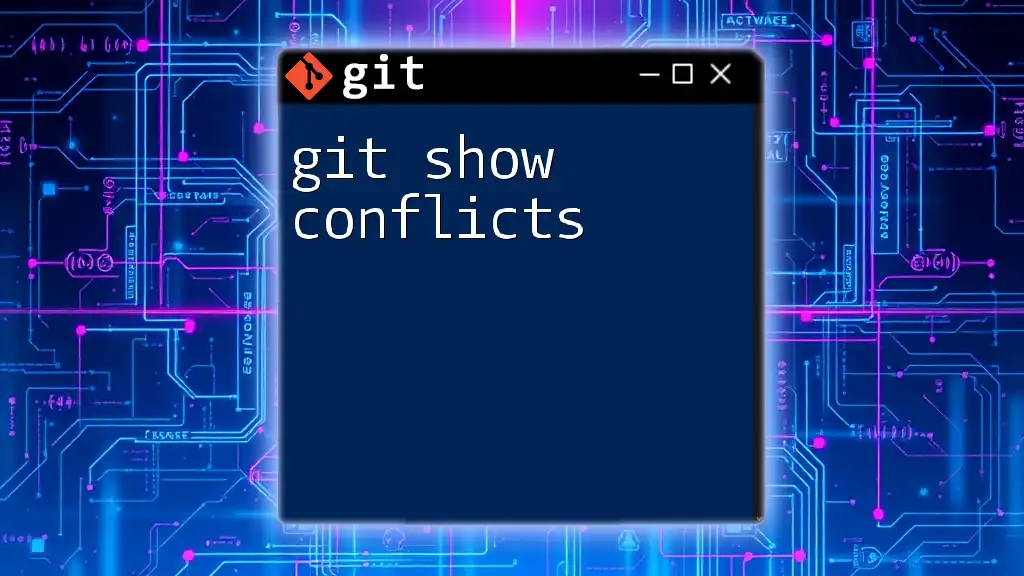
Conclusion
Utilizing `git log show diff` is a powerful strategy for developers who need clarity over their commit history and changes. By mastering this command, you enhance your ability to navigate, understand, and manage your projects effectively.
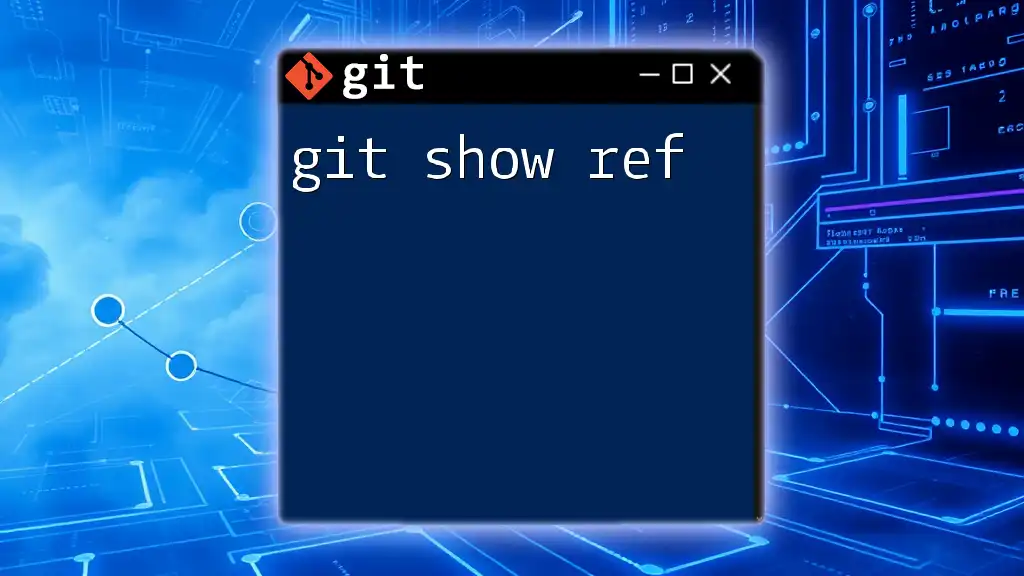
Call to Action
Explore more articles on efficient Git commands to boost your productivity, and consider diving into our comprehensive courses aimed at honing your Git skills in a streamlined way.

